The show-stealing Town Hall proves a fitting venue for a museum of this stature. Undergoing renovations since 2019, the basements and ground floor are now once again open for visitors, presenting the history of Poznań from the 10th to mid-16th-century, as well as the history of the Town Hall itself. As restoration work is completed on the upper floors, these too will become part of the City History Museum, telling the story of Poznań from the mid-16th century up till today (currently closed).
This mid-16th century moment dividing parts of the exhibit is not accidental, and marks the time in the city's history when Italian architect Giovanni Battista di Quadro transformed the building from a modest Gothic Town Hall into the masterpiece of Renaissance architecture it is today. The ground floor and basement exhibits currently open to visitors are thusly titled 'Poznań Before Quadro,' and it's worth noting that one of these basement levels was once at ground level; the surface of the market square has risen an incredible 3 metres since medieval times. Amongst the exhibits in this part of the museum, visitors will see the keystone where all of the vaults of the basement meet, which bears the Bohemian coat of arms from the early 14th century, as well as relics of lost Poznań landmarks like the Church of St. Mary Magdalene, which once stood on Plac Kolegiacki.
On the ground floor is the Studio Warehouse, where visitors will see a wide range of artefacts related to the museum's history, including the red star that was once affixed to the top of the obelisk in Citadel Park, and the goats that butted heads on the Town Hall tower from 1911 to 1992.


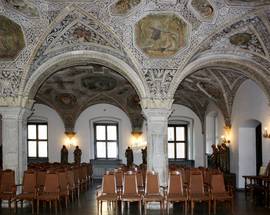
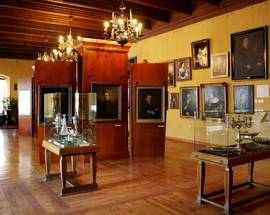
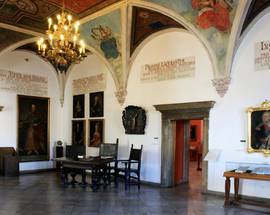
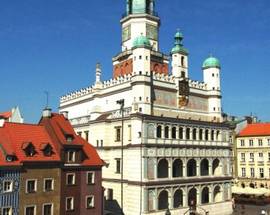
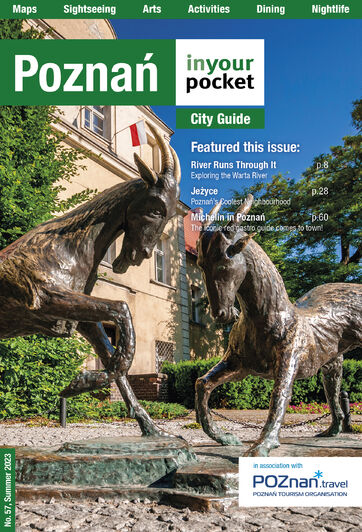
Comments
dori jungmann
Har Adar' Israel
Dear madam, dear sir. i am looking for any avidance of my ansestors: the Jungmann family who where in Posnan at the 19th and 20th centuries. they had family in Breslau today Wroalaw. i will be very please to get any halp from you. thank you very much dori jungmann Israel